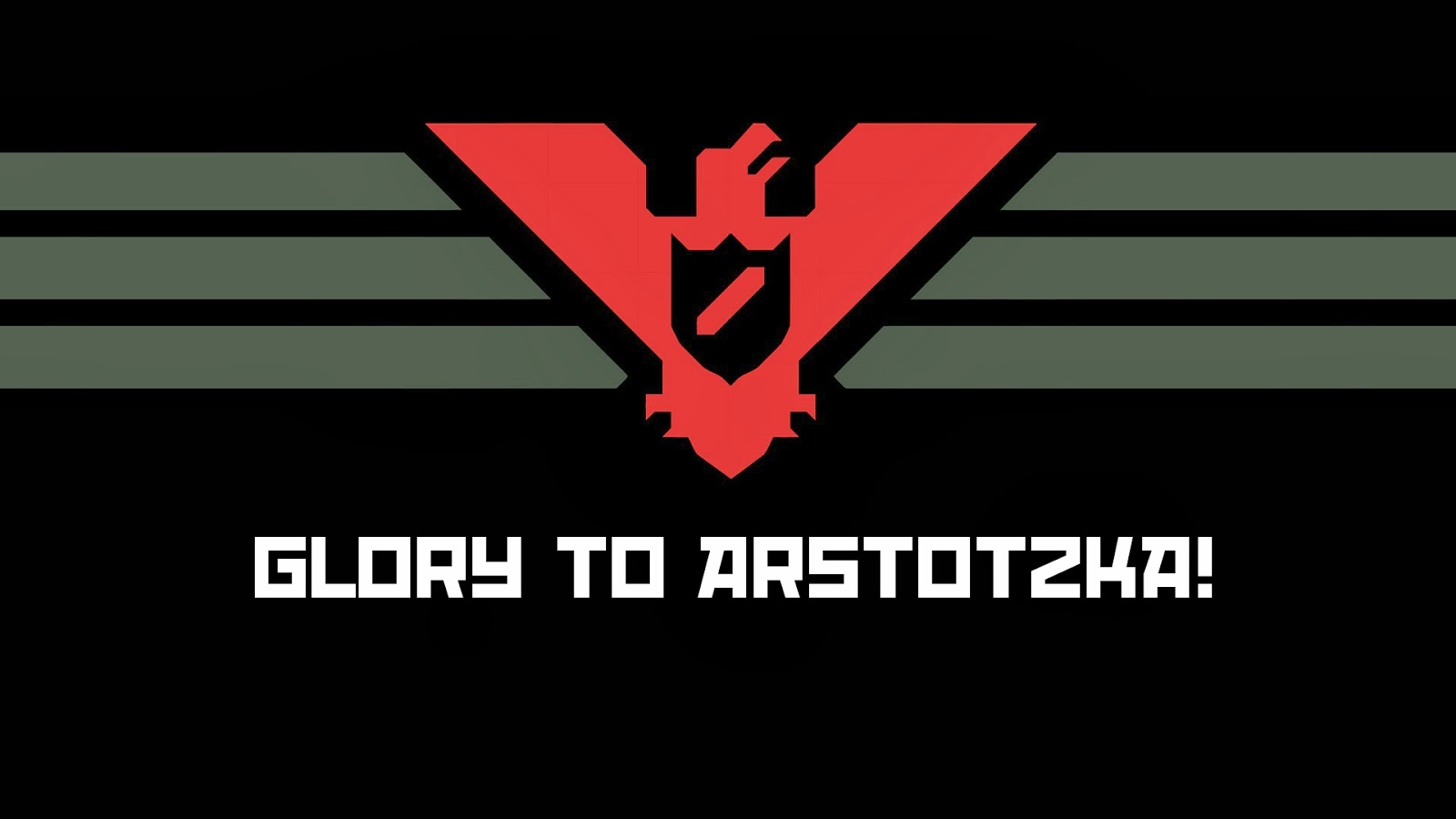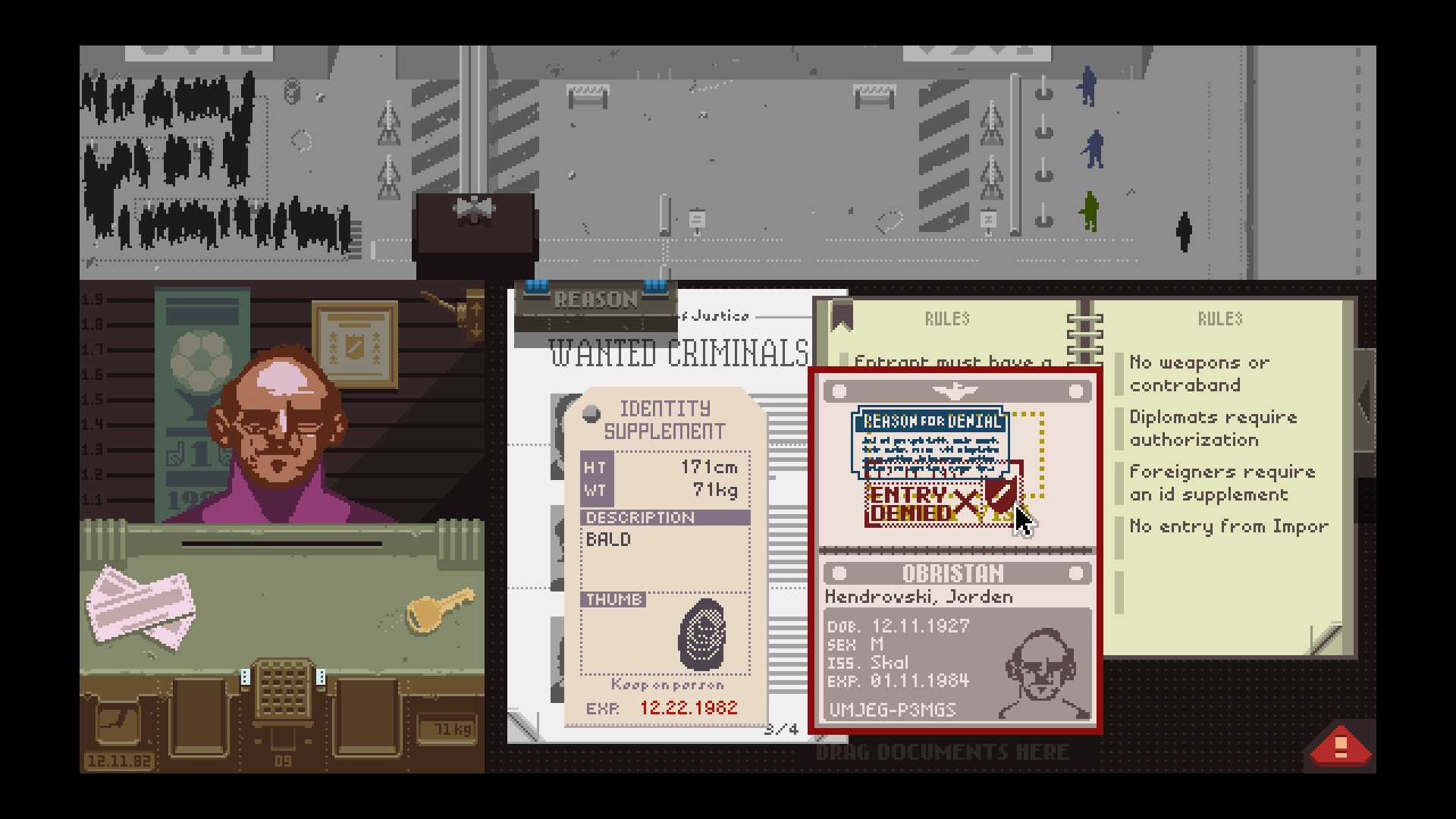
One contractor, Raytheon Communications Infrared, displayed a car with a night-vision camera mounted on the roof. Row after row of pitch men and women touted their companies' ability to preserve life and liberty by helping police watch everything more closely. The center was abuzz with an atmosphere that could be described as part carnival, part science fiction. And in greater numbers than ever before, the information industry was there to oblige them. They wanted the stuff of homeland security: databases and dossiers, surveillance cameras, and computer tools for intelligence analysts. But the great majority of police came to Philadelphia to HE PENNSYLVANIA CONVENTION CENTER The pop, pop, pop of their practice sessions filled the air. They formed a long line for the virtual shooting range, a training system that came complete with a life-sized culprit projected on a video screen. They eyed crisp blue uniforms and tried on bulletproof vests. Others inspected a minitank designed for riots. Some lingered at booths featuring dull black handguns.

For several days, thousands of law enforcement officials from the United States and abroad wandered through the exhibits. It's where the International Association of Chiefs of Police had its technology conference in October 2003. Organizations from around the country also gather there for the proximity to the city's historic sites: the nearby Liberty Bell, Independence Hall, and other landmarks from the nation's birth seem to convey a certain integrity to their activities. The center is known as the home of the city's annualflowerand car shows.

With more than 400,000 square feet of exhibition space, the main hall has enough room inside to hold a track meet, or six football fields, or some rather large parties. BRANDEISįills two long blocks in downtown Philadelphia. The greatest dangers to liberty lurk in insidious encroachment by men of zeal, well-meaning but without understanding. Men born to freedom are naturally alert to repel invasion of their liberty by evil-minded rulers. Burt never wasted a chance to express his confidence in our endeavor. As important as the money was the enthusiasm of the center's director, Burt Glass, who thrashed through ideas with me during innumerable phone calls. Some of that money came from philanthropic groups, including the Ford Foundation, the Deer Creek Foundation, and the Carnegie Corporation of New York. The center'sfinancialbacking gave me the time to figure out a direction for the book, write a proposal, and travel extensively for original reporting at the project's core. It exemplifies Brandeis's idea that sunlight "is said to be the best of disinfectants" through its support of an array of muckraking projects. The center is a stronghold of journalistic idealism. No Place to Hide would have gone nowhere without the intellectual and financial support of the Center for Investigative Reporting.

Includes bibliographical references and index. Library of Congress Cataloging-in-Publication Data O'Harrow, Robert No place to hide / Robert O'Harrow, Jr. For information about special discounts for bulk purchases, please contact Simon & Schuster Special Sales: 1-80 or Designed by Karolina Harris Manufactured in the United States of America 1 3 5 7 9 All rights reserved, including the right of reproduction in whole or in part in any form.

1230 Avenue of the Americas New York, NY 10020 Copyright © 2005 by Robert O'Harrow, Jr.


 0 kommentar(er)
0 kommentar(er)
